Earth-based flooring materials comprise natural elements such as clay, sand, silt, lime, and organic fibers. They offer both structural performance and sensory engagement. These materials have evolved from vernacular construction techniques into high-value architectural elements due to their thermal properties, durability, and sustainable qualities.
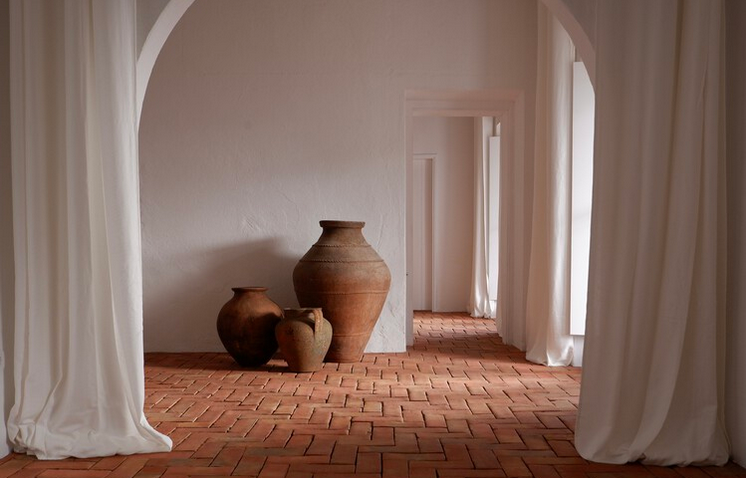 There are several types of earthen flooring, each offering unique benefits:
There are several types of earthen flooring, each offering unique benefits:
- Rammed earth floors are made by compacting layers of soil with varying proportions of clay and sand, providing high thermal mass, durability, and a solid structural foundation.
- Adobe flooring, a mixture of clay-rich soil, straw, and water, creates a breathable surface that regulates indoor humidity while offering a warm, organic aesthetic.
- Terracotta tiles, made from high-iron-content clay and kiln-fired at various temperatures, exhibit a dense yet porous structure that absorbs moisture and helps with thermal regulation.
- Stabilized earth floors, enhanced with lime or pozzolanic additives, increase compressive strength and resistance to erosion, making them suitable for high-traffic interiors.
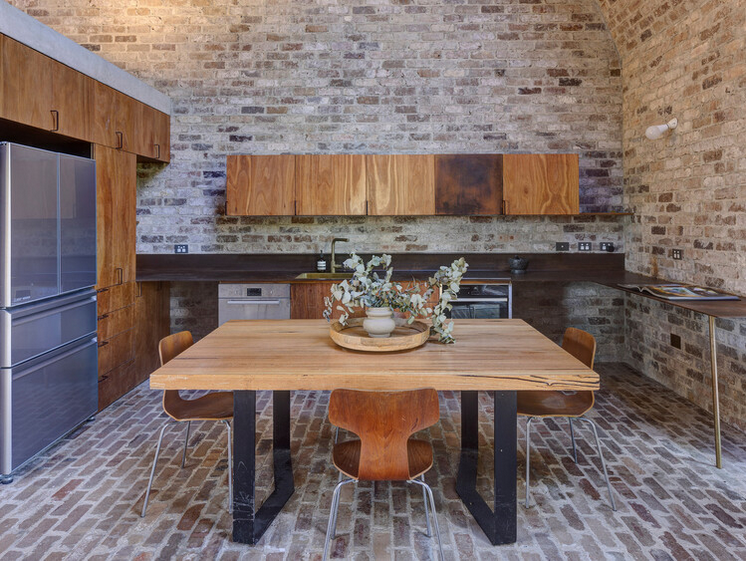 Historically, raw earth such as clay, sand, silt, and organic fibers was used in vernacular architecture due to its local availability, low cost, and thermal performance. Techniques such as adobe, rammed earth, and cob were widely applied in traditional dwellings, often associated with rustic and rural contexts, mostly on vertical surfaces and walls.
Historically, raw earth such as clay, sand, silt, and organic fibers was used in vernacular architecture due to its local availability, low cost, and thermal performance. Techniques such as adobe, rammed earth, and cob were widely applied in traditional dwellings, often associated with rustic and rural contexts, mostly on vertical surfaces and walls.
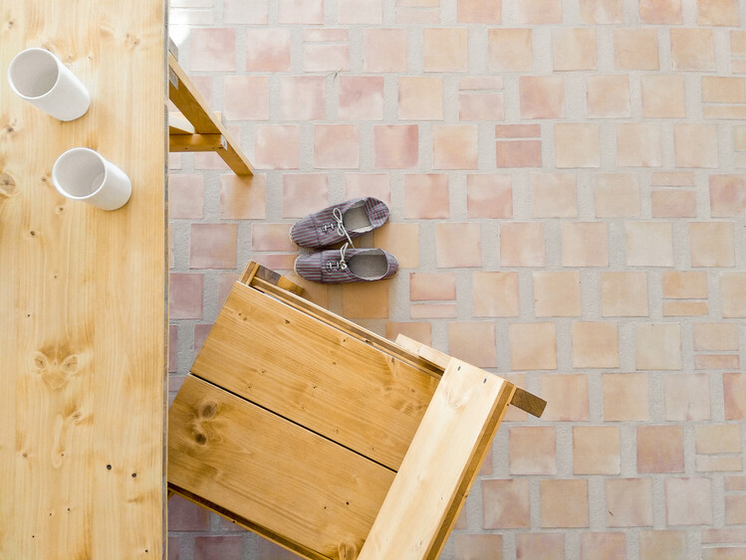 Innovations in stabilization, such as the use of lime, pozzolanic additives, or resin-based binders, have improved structural integrity, durability, and water resistance.
Innovations in stabilization, such as the use of lime, pozzolanic additives, or resin-based binders, have improved structural integrity, durability, and water resistance.
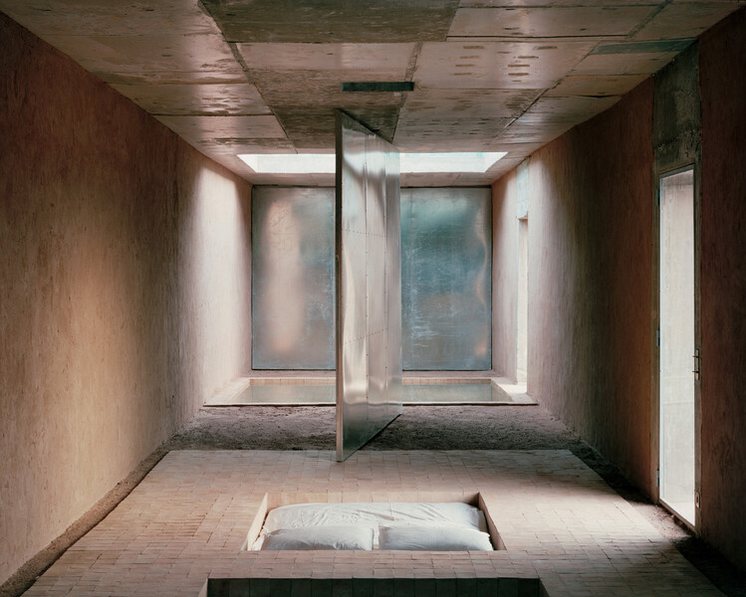 With its unique textural qualities, warm hues, and ability to regulate indoor climate through hygroscopic properties, earth-based flooring reduces embodied carbon.
With its unique textural qualities, warm hues, and ability to regulate indoor climate through hygroscopic properties, earth-based flooring reduces embodied carbon.
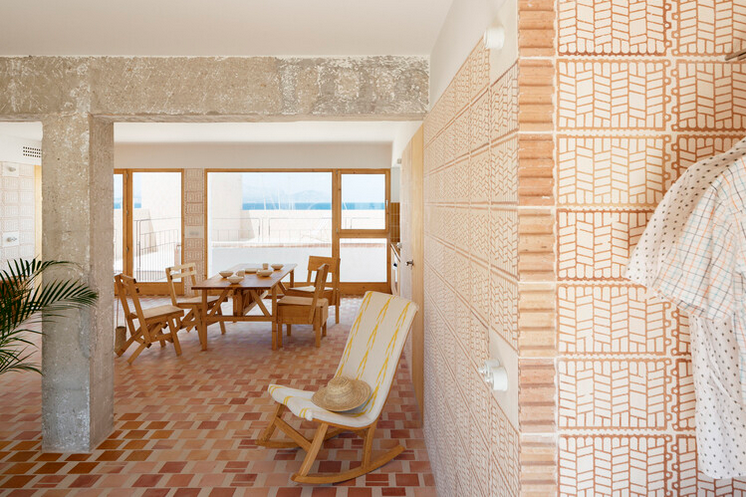 Earth-based floors contribute to a heightened sensory experience, especially when walking barefoot, enhancing the connection between the occupant and natural elements. These materials regulate indoor humidity, maintain comfortable temperatures, and provide a grounding presence in living spaces. The cooling touch of clay or the earthy aroma of adobe fosters relaxation, reinforcing a sense of harmony and balance.
Earth-based floors contribute to a heightened sensory experience, especially when walking barefoot, enhancing the connection between the occupant and natural elements. These materials regulate indoor humidity, maintain comfortable temperatures, and provide a grounding presence in living spaces. The cooling touch of clay or the earthy aroma of adobe fosters relaxation, reinforcing a sense of harmony and balance.
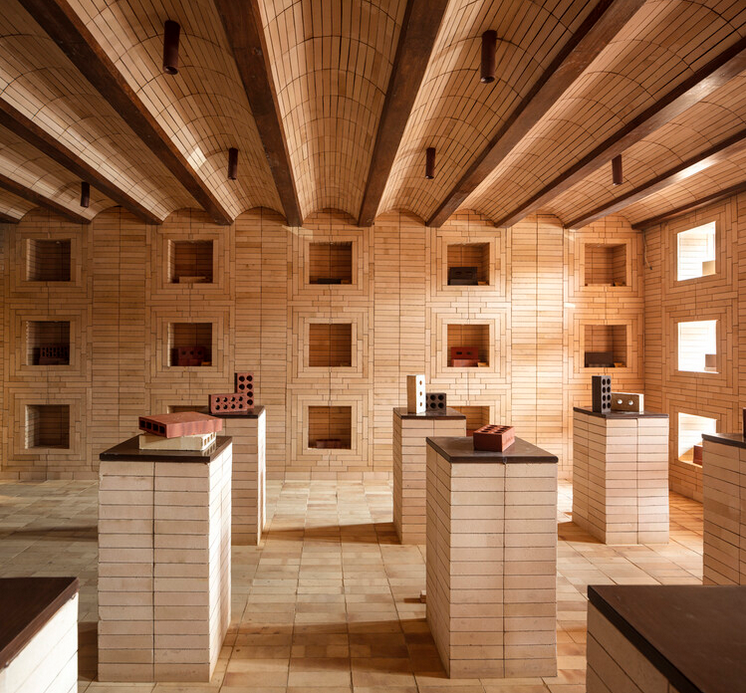 In retail or hospitality spaces, where neutral, sterile surfaces often dominate, earth-based floors introduce an organic warmth that enhances customer engagement. Materials such as terracotta, clay, and adobe add depth and character, making commercial spaces more inviting and memorable. Their inherent thermal properties also contribute to energy efficiency by naturally moderating indoor temperatures.
In retail or hospitality spaces, where neutral, sterile surfaces often dominate, earth-based floors introduce an organic warmth that enhances customer engagement. Materials such as terracotta, clay, and adobe add depth and character, making commercial spaces more inviting and memorable. Their inherent thermal properties also contribute to energy efficiency by naturally moderating indoor temperatures.
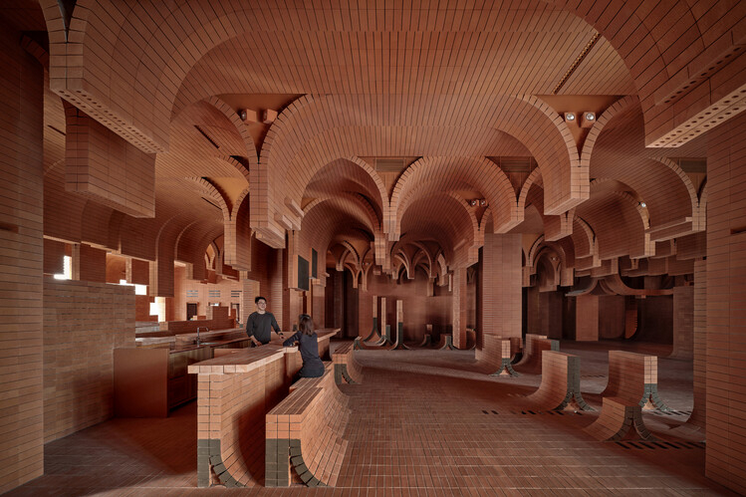 In office environments, breathable materials like clay and rammed earth improve air quality by regulating humidity and temperature. By incorporating these natural elements, the flooring enhances comfort while aligning with contemporary sustainable design strategies.
In office environments, breathable materials like clay and rammed earth improve air quality by regulating humidity and temperature. By incorporating these natural elements, the flooring enhances comfort while aligning with contemporary sustainable design strategies.
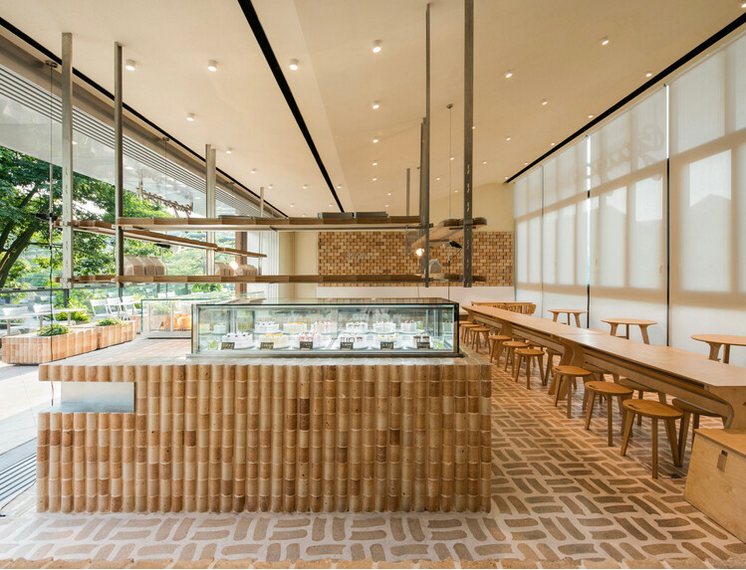 You can read the original article at www.archdaily.com
You can read the original article at www.archdaily.com

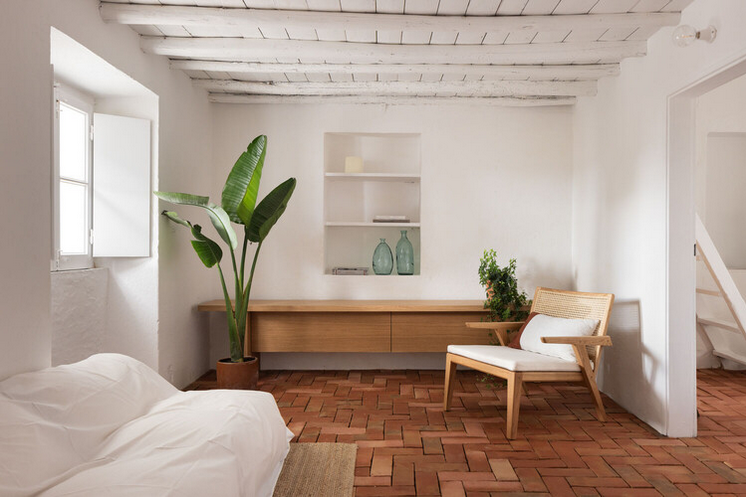
Earth-based flooring is such a smart and sustainable choice. It not only reduces environmental impact but also creates a natural and comfortable living environment. The durability and thermal properties make it practical for both modern and traditional builds. Definitely a great option for anyone looking into eco-friendly construction solutions.